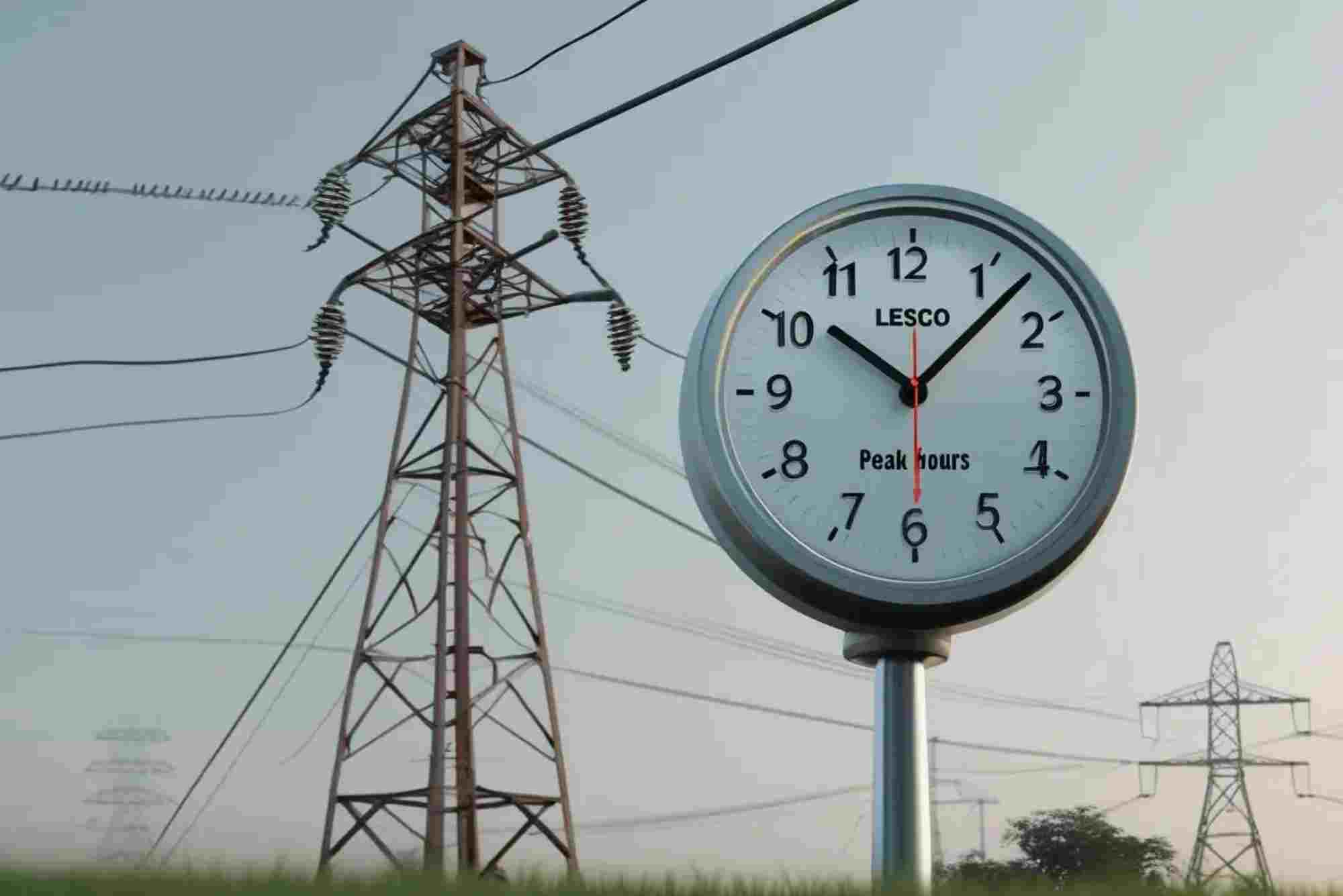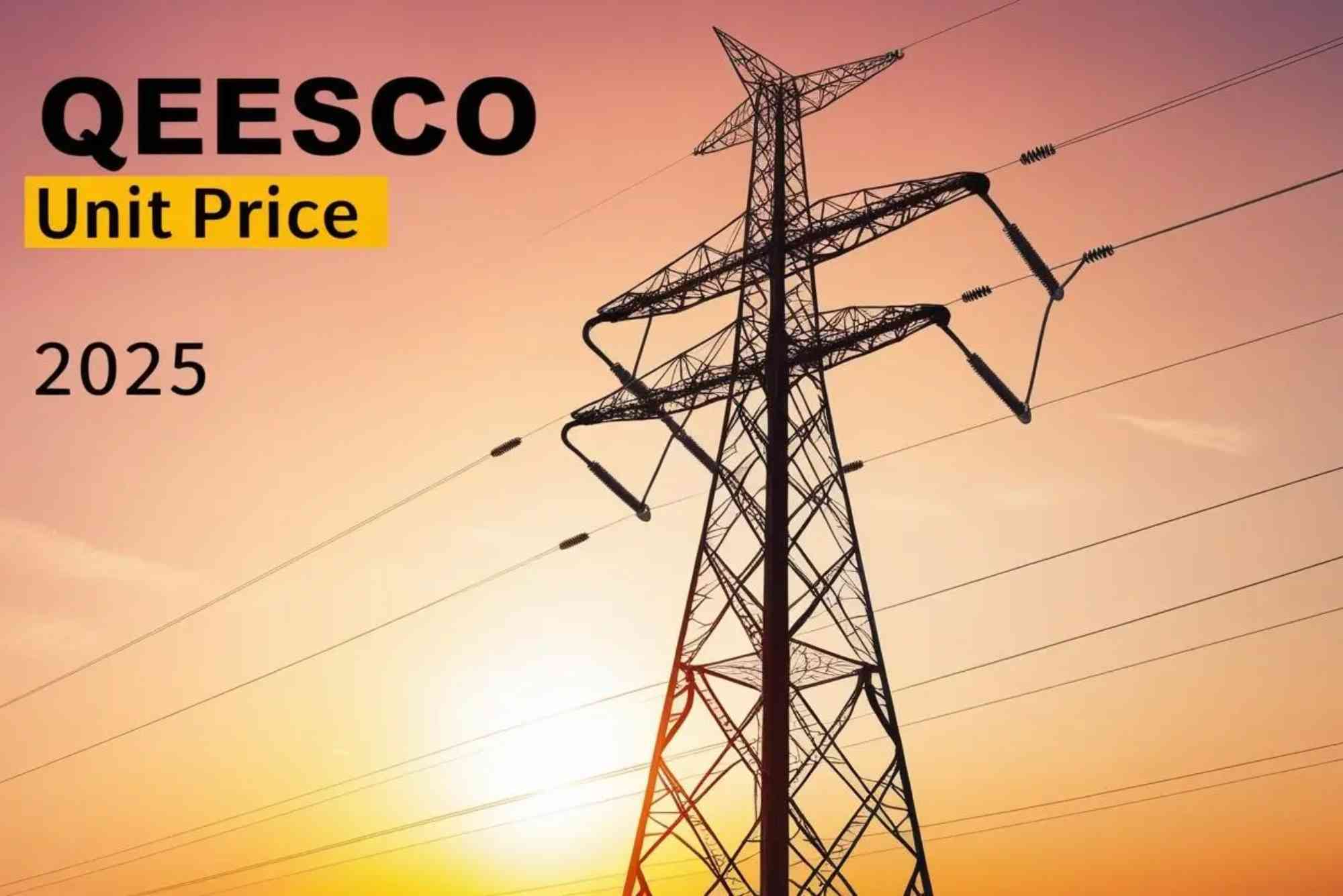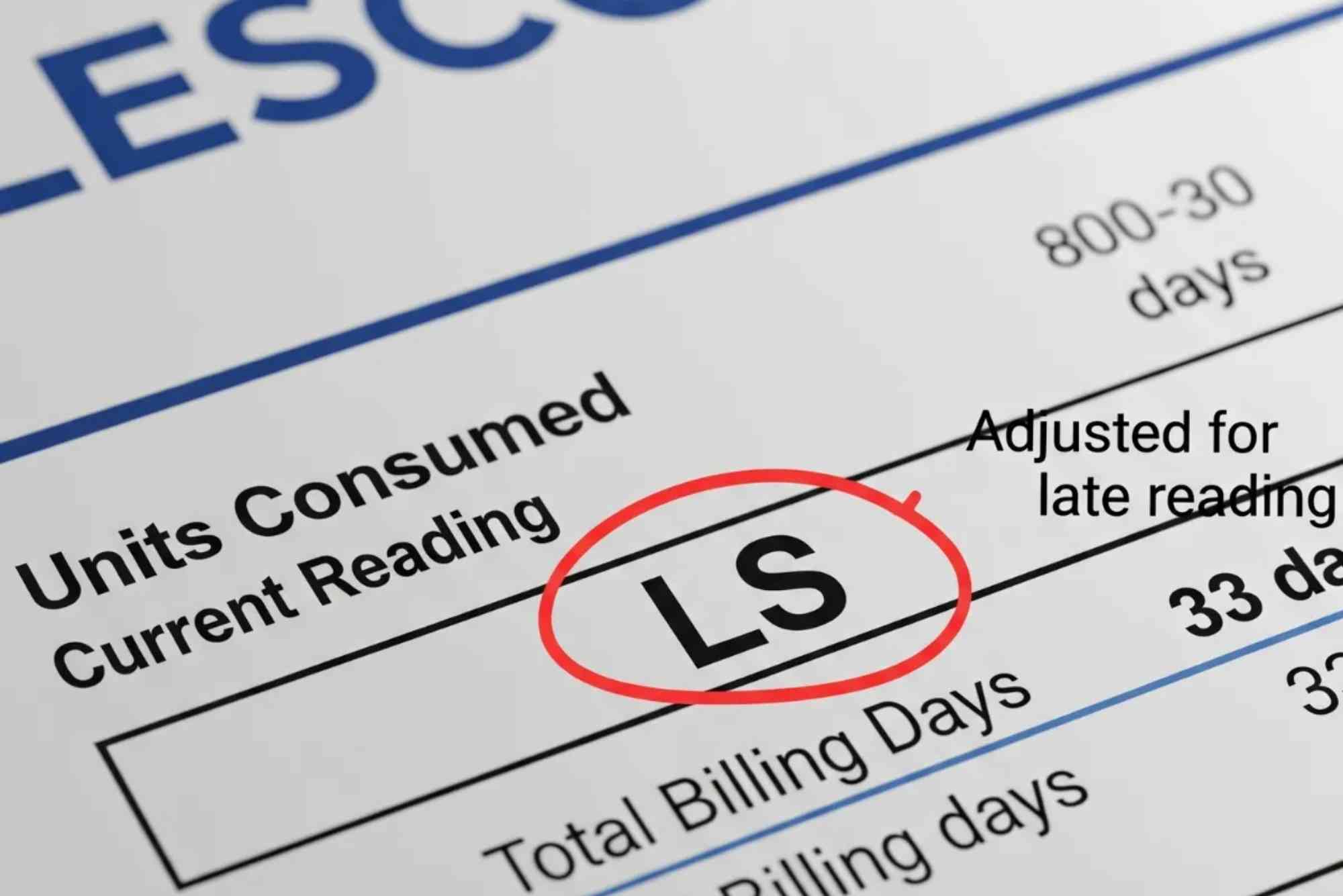Complete Guide to Fesco Peak Hours Timing (FESCO)
Electricity is an essential part of daily life, but it also comes with costs that depend on when and how you use it. For consumers in Faisalabad and nearby regions, understanding FESCO peak hours timing is crucial. The Faisalabad Electric Supply Company (FESCO) adjusts electricity rates during specific times of the day. Using power wisely during these hours can reduce your monthly bill and prevent wastage.
In this guide, you will learn everything about FESCO peak hours, their importance, updated schedules, and practical tips to save energy while managing your costs.
What Are FESCO Peak Hours?
Peak hours are specific time slots when electricity demand is at its highest. During these hours, FESCO charges a higher rate per unit to balance consumption and reduce pressure on the grid. Knowing fesco peak hours timing helps you manage usage efficiently and avoid extra costs.
Why Understanding FESCO Peak Hours Timing Matters
Cost Management
Electricity used during peak hours is billed at higher rates. By shifting heavy usage to off-peak hours, you can save a significant amount.
Energy Conservation
Avoiding excess load during peak times supports energy conservation and reduces the chances of power outages.
Smart Planning
Households and businesses can plan appliance usage, industrial operations, or office work schedules more effectively.
Current FESCO Peak Hours Timing
FESCO updates its peak hours timing periodically, especially in summer and winter seasons. Below is the standard peak and off-peak schedule most commonly followed:
Summer Season (April to October)
- Peak Hours: 6:30 PM to 10:30 PM
- Off-Peak Hours: All remaining hours of the day
Winter Season (November to March)
- Peak Hours: 6:00 PM to 10:00 PM
- Off-Peak Hours: All remaining hours of the day
Consumers should always verify the latest timing updates through FESCO’s official announcements, as schedules may change.
Impact of FESCO Peak Hours Timing on Your Electricity Bill
Household Users
Appliances such as air conditioners, washing machines, water motors, and ovens, if run during peak hours, drastically increase monthly bills.
Commercial Users
Shops, offices, and small businesses relying on lighting and cooling systems also experience higher costs when operations peak during these hours.
Industrial Users
Factories using machinery during peak timing incur higher operational expenses, making load management critical.
How to Save Electricity During Peak Hours
Shift Heavy Usage to Off-Peak Hours
Operate washing machines, iron clothes, or run air conditioners outside of peak timings.
Use Energy-Efficient Appliances
LED bulbs, inverter ACs, and modern refrigerators consume less power and lower costs.
Unplug Devices
Standby power, also known as “phantom load,” adds to your bill. Unplug unused devices during peak timings.
Practice Smart Cooling and Heating
Keep rooms insulated, use fans instead of air conditioners, and limit water heater use during peak hours.
Government’s Role in FESCO Peak Hours Management
The government, along with FESCO, encourages load shifting to balance the grid. Time-of-Use (TOU) meters are installed for consumers to track and manage electricity usage effectively. Such measures ensure stability in the overall energy supply system.
Practical Tips for Managing Your Bill with FESCO Peak Hours Timing
Track Your Consumption
Install an energy meter or monitor your monthly usage trends.
Educate Family Members
Make sure everyone in your household knows about fesco peak hours timing. Collective effort ensures greater savings.
Schedule Appliances
Set timers on washing machines, water pumps, and geysers to run outside peak slots.
Use Solar Power
If possible, invest in solar panels to minimize dependency on the grid during high-cost hours.
FESCO Peak Hours for Industrial Consumers
Industrial setups face stricter monitoring. Since factories consume higher loads, FESCO advises operations outside peak timings to avoid heavy bills and potential penalties.
Common Misconceptions About Peak Hours
“Peak hours are the same across Pakistan.”
Not always. While NEPRA provides guidelines, each distribution company, including FESCO, sets schedules based on regional demand.
“Using a small fan or light during peak hours is costly.”
No, minor appliances have minimal impact. Heavy-load devices such as ACs, motors, and heaters matter most.
“Peak hours are only in summer.”
Incorrect. Both summer and winter schedules apply, though timings differ slightly.
Related Resources for FESCO Consumers
If you want to check your bill details, due dates, and payment history, visit these helpful resources:
These tools make it easy to monitor and manage your electricity expenses without visiting offices.
FAQs About FESCO Peak Hours Timing
What are the peak hours of FESCO today?
FESCO peak hours usually fall between 6 PM and 10 PM, depending on the season. Always check the current schedule.
How many peak hours does FESCO have daily?
FESCO has four hours of peak timing daily. The remaining twenty hours are off-peak.
Does running an air conditioner in peak hours increase the bill?
Yes. Air conditioners consume high units, and using them during peak hours results in significant extra charges.
Can I avoid peak hour charges completely?
You can minimize charges by shifting heavy electricity usage to off-peak times, but complete avoidance may not be possible.
Where can I confirm the latest FESCO peak hours timing?
You can confirm through FESCO’s official website, helpline, or NEPRA announcements.
Understanding fesco peak hours timing is key to saving on electricity bills and using energy wisely. Whether you are a household consumer or running a business, avoiding heavy usage during peak hours helps reduce costs and contributes to energy conservation.
Start by making small adjustments—shift appliance use, unplug devices, and educate family members. Over time, these changes will reflect in lower bills and smarter energy management.
















